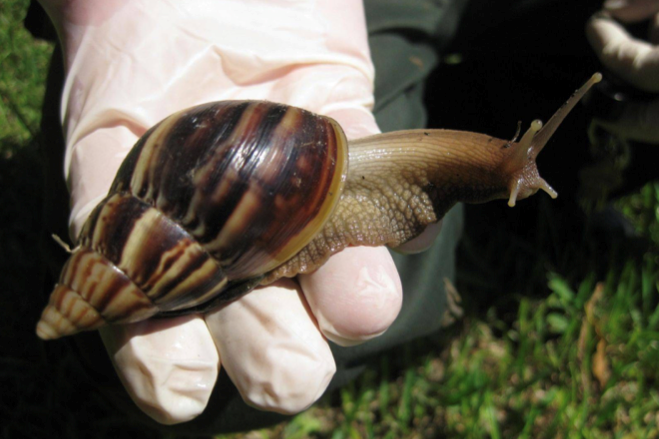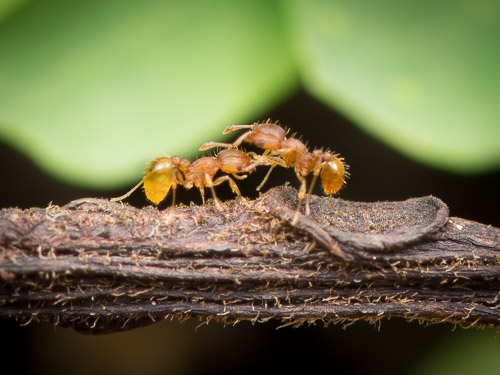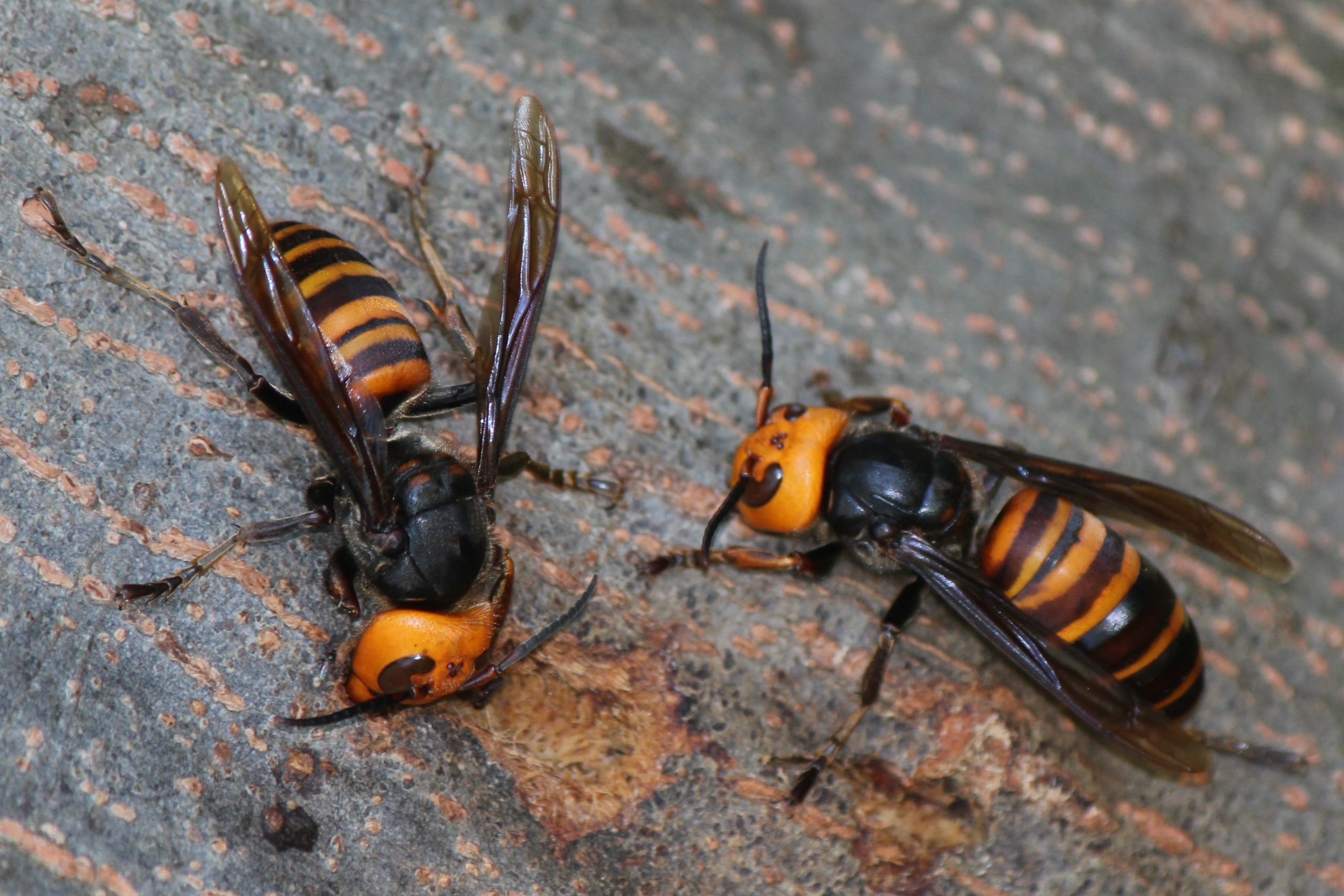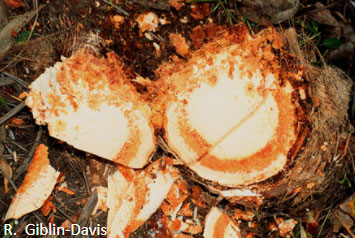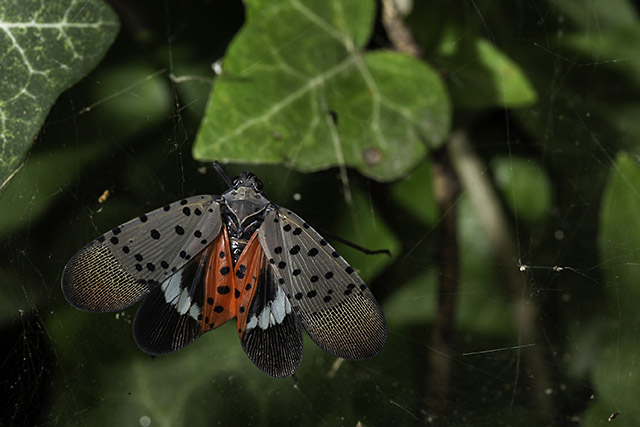Common name: Milk snail
Scientific name: Otala lactea
Status in Hawaii: Not known to be present in Hawaii
Milk snails are large fruit and plant feeding snails that do particularly well in Mediterranean climates. Due to their reproductive potential, they can spread quickly.


Impacts
- Otala lactea is a fruit and plant feeding snail, which is more of a nuisance in small populations.
- In California, which has a Mediterranean climate similar to the snails native range, it is a more serious pest. This species can produce an average of 66 eggs per clutch, and two clutches per month, depositing them in loose soil. It is adapted to arid conditions, so it can aestivate on stones and shrubs until suitable conditions return.

Identification
- Otala lactea, is a large, terrestrial ,and air-breathing snail that feeds on plants. The shell of Otala lactea can be quite variable in coloration but is usually light brown with dark brown lines that spiral along the shells whorls.


Vectors/Commodities
- Potted plants
- Ceramic tiles, at a plant packed for export, attract numerous snails living in the adjacent waste ground. The snails are drawn into the high humidity environment within the plastic wrapping and under the wooden pallets.

Distribution
- This species is found throughout North America, Bermuda, and Spain. This species is known to thrive mainly in Mediterranean-like climates.
- Present in varying density in areas of CA, FL, GA, KY, LA, MD, MO, MS, NY, OH, PA, TX and VA.

Best Management Practices
- Consider sourcing options and pest distribution when purchasing plants.
- Survey: Inspect and survey imported ceramic tiles coming from the continental US and/ or European based points of origin.
- https://www.aphis.usda.gov/plant_health/permits/downloads/snails_containment_guidelines.pdf
- Report any suspect pests to 643pest.org or by phone 643-PEST (7378).
Other Nursery Pests
PEST PREVENTION TRAINING
An advanced education program for those on the front lines protecting Hawaii from invasive species.
Contact your local Invasive Species Committee to schedule a training for your team. Learn more
This material was made possible, in part, by a Cooperative Agreement from the United States Department of Agriculture’s Animal and Plant Health Inspection Service (APHIS). It may not necessarily express APHIS’ views.














